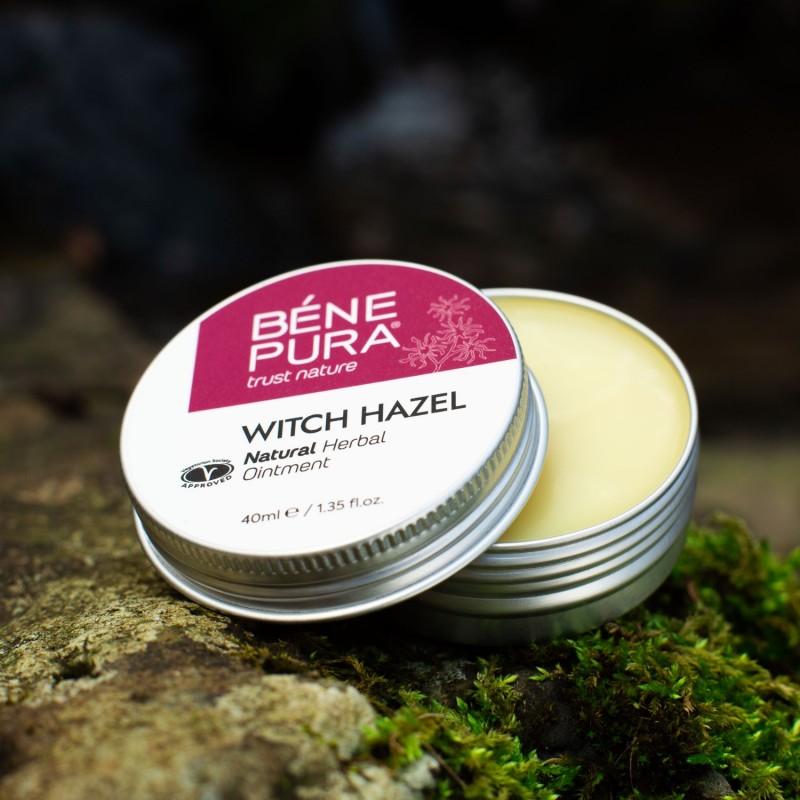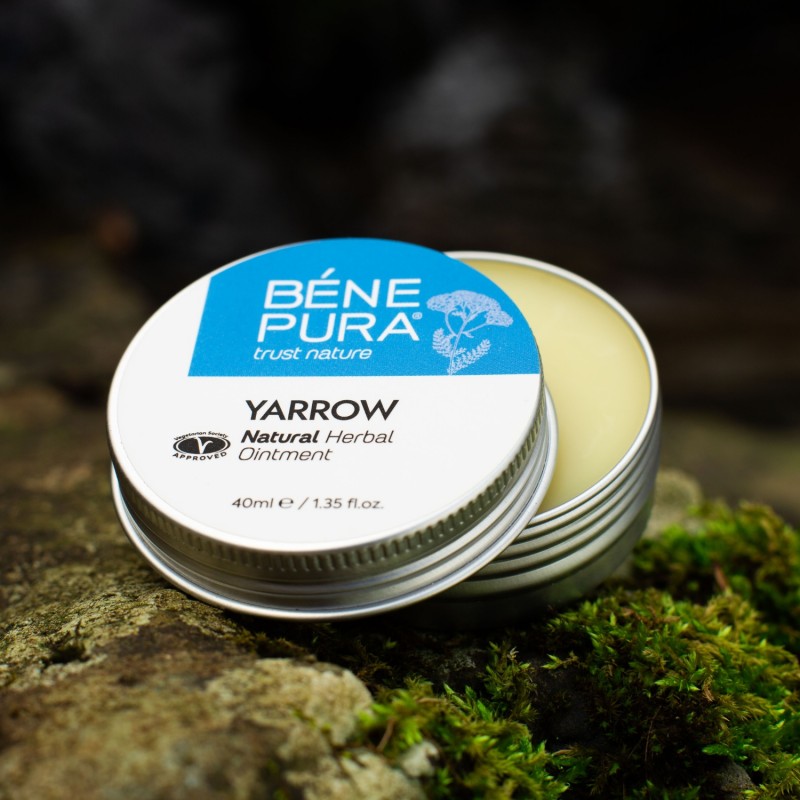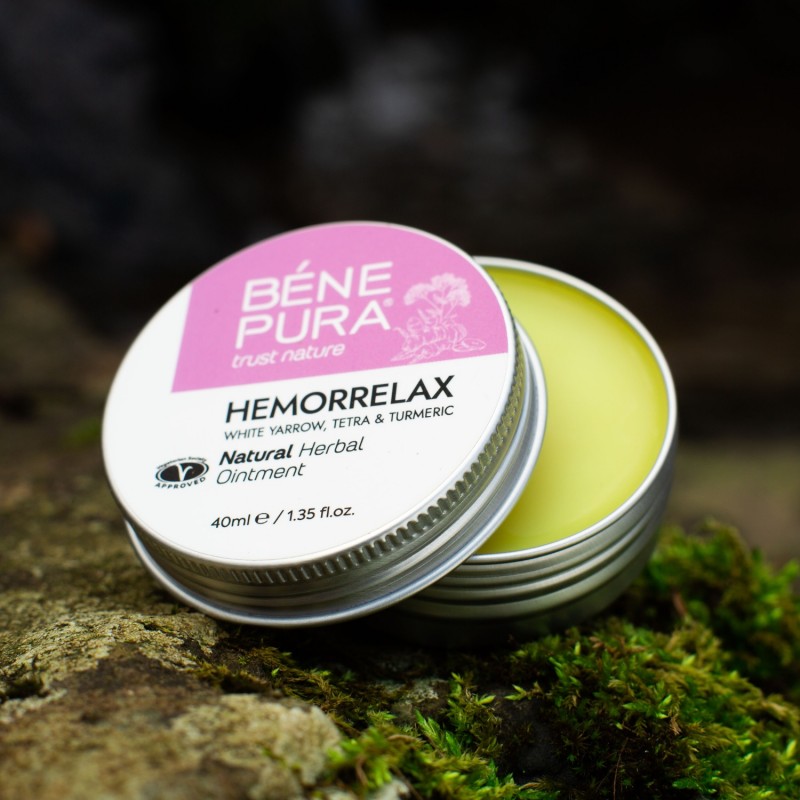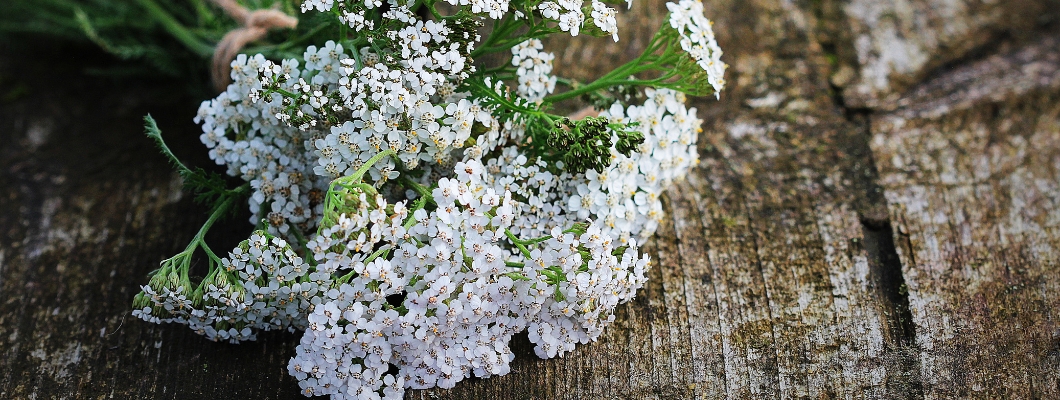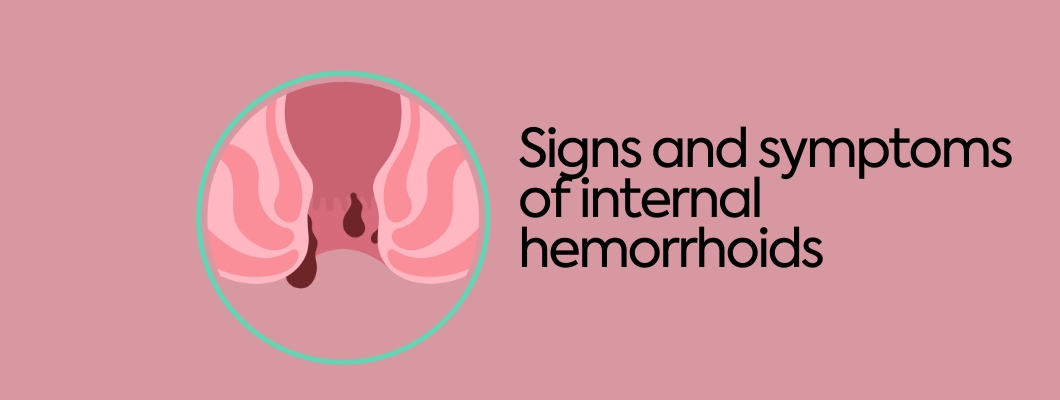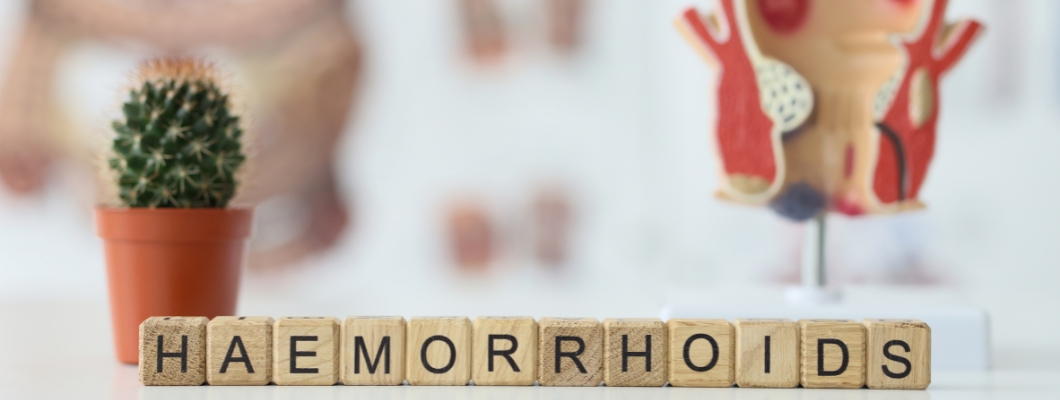Home Remedies for Hemorrhoids - What Works and What Doesn't?
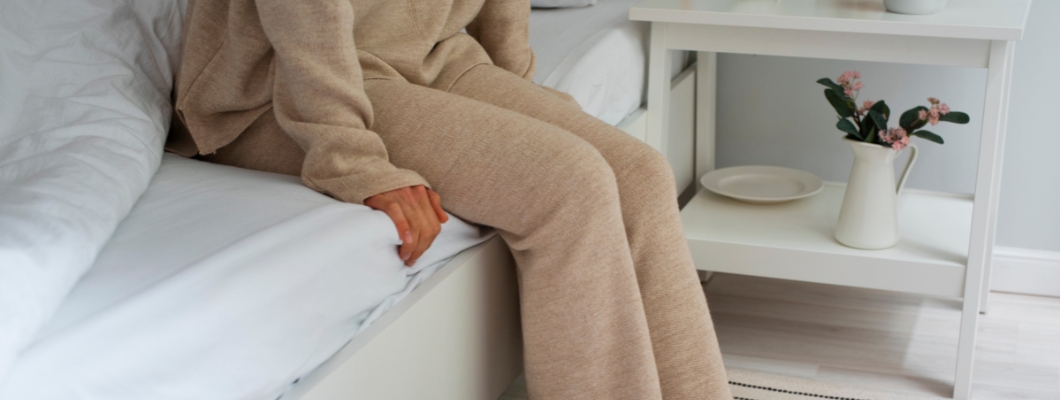
Hemorrhoids are a common problem. They can cause pain, itching and discomfort. Although medical treatments are effective, many people look to home remedies to relieve symptoms. In this article, we will look at the most effective home remedies for hemorrhoids.
Table of Contents
1. Home Treatment of Hemorrhoids: Appropriate diet
Diet plays an important role in maintaining the health of the digestive system and can significantly reduce the symptoms of hemorrhoids.
Consume plenty of fiber
Including more fiber in the diet can prevent constipation and reduce the risk of developing hemorrhoids. Foods rich in fiber include fruits, vegetables, whole grains, nuts and seeds. The recommended daily intake of fiber is between 25 and 30 grams.
Drink more fluids
Drinking enough water helps soften the stool, making it easier to pass. It is recommended to drink at least 8 glasses of water per day (about 2 liters). Fruit and vegetable juices can also contribute to hydration, but it's important to avoid drinks high in sugar and caffeine.
Avoid refined foods
Refined foods such as white bread, pasta and sweets are low in fiber and can contribute to constipation. These foods should be replaced with whole grain alternatives that provide more fiber and nutrients. Reducing the consumption of processed foods can improve the overall health of the digestive system.
Food additives
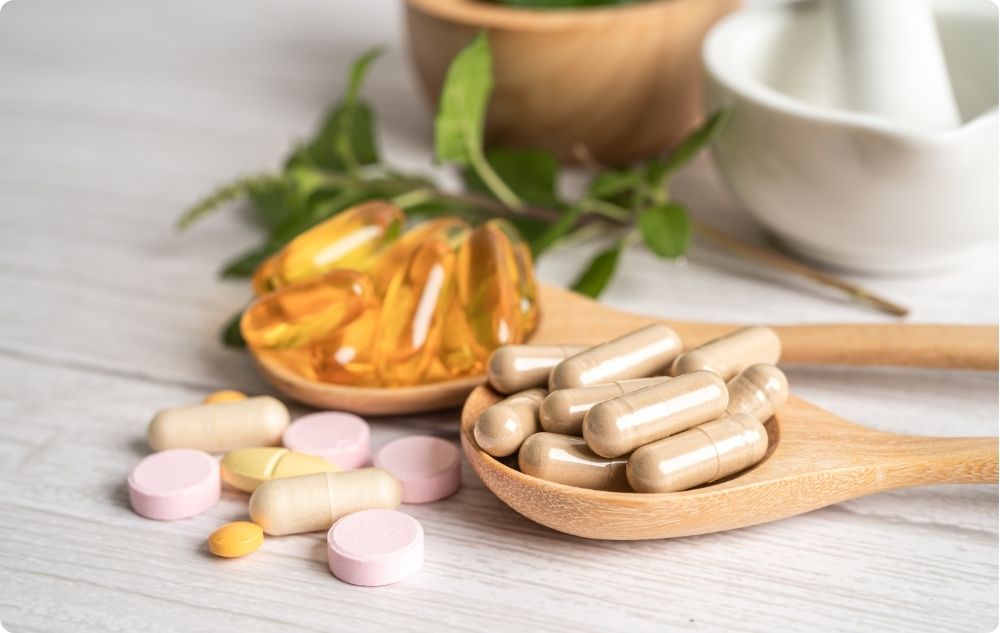
In some cases, nutritional supplements can be helpful to increase fiber intake and improve digestion. Psyllium and other types of plant fiber can be taken as supplements if you cannot get enough fiber from food. It is important to consult a doctor before starting a nutritional supplement to make sure it is right for you.
Avoid irritating foods
Certain foods can irritate the gastrointestinal tract and worsen hemorrhoid symptoms. Such foods include spicy foods, alcohol and caffeine. They can increase inflammation and cause discomfort. Limiting these foods can help reduce symptoms and improve overall health.
2. Home Treatment of Hemorrhoids: Sitz Baths
Sitz baths are an effective and readily available method of relieving hemorrhoid symptoms. They help reduce inflammation, relieve pain and improve blood circulation in the affected area.
What are sitz baths?
A sitz bath involves soaking the pelvic area in warm water. One can use a specially designed bath that is placed over the toilet, or simply use a regular bath at home. Warm water helps relax muscles and reduce inflammation.
Benefits of sitz baths
Sitz baths offer numerous benefits for people suffering from hemorrhoids:
- Relieves pain and discomfort: Warm water helps to soothe irritated tissues and reduce pain;
- Reduction of swelling and inflammation;
- Improved circulation: Sitz baths stimulate blood circulation, which helps repair damaged tissues;
- Cleaning and hygiene: Sitz baths help keep the anus clean, which is important for preventing infections.
How to prepare a sitz bath
- Use warm water: Fill the tub or sitz tub with warm, but not hot, water. The temperature should be comfortable for the skin;
- Add salts or herbs: Optionally, you can add bath salts (such as Epsom salt) or herbal decoctions (such as chamomile), which further soothe the area and reduce inflammation;
- Sit in the bath: Sit in the warm water so that the anal area is completely submerged. Stay in this position for about 15-20 minutes;
- Repeat several times a day: For optimal results, take sitz baths 2-3 times a day, especially after a bowel movement.
When using sitz baths, it is important to follow some basic safety tips:
- Avoid too hot water: Hot water can burn the skin and make the condition worse. Make sure the water is warm but not hot;
- Don't forget good hygiene: Keep the bathtub and used dishes clean to prevent infections;
- Consult a doctor: If the symptoms of hemorrhoids do not improve or worsen, consult a medical professional.
3. Ice Packs
Ice packs are one of the most effective methods to quickly relieve the symptoms of hemorrhoids. They help reduce swelling, pain and discomfort while providing temporary relief.
Here's how they work and how they can be used safely and effectively:
How do ice packs work?

Ice packs work by constricting the blood vessels in the affected area. Cold reduces blood flow, which helps reduce swelling and inflammation. The cold also numbs the nerve endings, leading to relief from pain and itching.
Benefits of using ice packs
- Reduce swelling: Cold helps constrict blood vessels and reduce swelling;
- Pain relief: Ice packs dull pain by reducing inflammation and soothing nerve endings;
- Reduce itching: Cold can help reduce the itching and irritation that often accompanies hemorrhoids.
How to use ice packs
- Prepare ice: You can use ice cubes, frozen gel packs, or bags of frozen vegetables. It is important to wrap the ice in a thin towel or gauze to avoid direct contact with the skin and prevent frostbite;
- Apply the compress: Place the ice pack on the affected area for 10-15 minutes. Do not keep the ice on longer to avoid skin damage;
- Repeat as needed: You can use the ice packs several times a day, but leave at least 10 minutes between applications to give the skin time to recover.
When using ice packs, it is important to follow some basic safety tips:
- Avoid direct contact: Always wrap ice in a towel or gauze to prevent direct skin contact and frostbite;
- Limit the time of application: Do not keep the ice pack on the skin for more than 15 minutes at a time;
- Watch for skin reactions: If you notice redness, tingling, or other unusual reactions, stop using the ice pack and consult a doctor.
4. Ointments and Creams
The use of ointments and creams is one of the most commonly applied and effective forms of home treatment for hemorrhoids. These products are designed to relieve symptoms and aid in the recovery of the affected area.
They may contain various active ingredients that have an anti-inflammatory, pain-relieving or soothing effect.
Types of ointments and creams
There are different types of ointments and creams that can be used to treat hemorrhoids. The main types include:
- Anti-inflammatory: These creams contain steroids such as hydrocortisone, which reduce inflammation and itching. They are effective for short-term relief of symptoms;
- Anesthetic: These creams contain local anesthetics such as lidocaine that dull pain and discomfort. They provide quick but temporary pain relief;
- Petroleum jelly and protective creams: These products create a protective layer on the skin that prevents irritation and keeps the affected area moist. They are useful in preventing dryness and irritation;
- Hemostatic creams: These creams contain ingredients that help stop bleeding and heal wounds. They are especially useful for hemorrhoids that cause bleeding.
How to apply ointments and creams
Correct application of ointments and creams is important for their maximum effectiveness. Here are some steps to follow:
- Clean the affected area: Use a soft cloth and warm water to gently clean the anal area. Avoid using soap that can irritate the skin;
- Dry the skin: Gently dry the area with a soft cloth or toilet paper. Make sure the skin is completely dry before applying the cream or ointment;
- Apply a thin layer: Use a small amount of cream or ointment and apply it thinly to the affected area. Light rubbing will help them penetrate the skin;
- Repeat as needed: Follow package directions or doctor's recommendations for frequency of application. Creams and ointments are usually applied 2 to 3 times a day.
The use of ointments and creams offers several advantages:
- Rapid symptom relief: Creams and ointments work quickly and can relieve pain and itching almost immediately;
- Ease of use: They are easy to apply and can be used at home without the need for special equipment;
- Availability: Many of these products are available without a prescription at pharmacies or online stores.
5. Maintaining Good Hygiene
Maintaining good hygiene is essential to relieve the symptoms of hemorrhoids. Hygiene practices can help prevent irritation, infection, and worsening of the condition.
Regular cleaning of the area around the anus
Regular and gentle cleaning of the anal area is critical to prevent irritation and infection. Use warm water and a soft cloth or a hand shower to clean the affected area after each bowel movement. Avoid using soaps or cleaning products with scents that can irritate the skin.
Use wet wipes
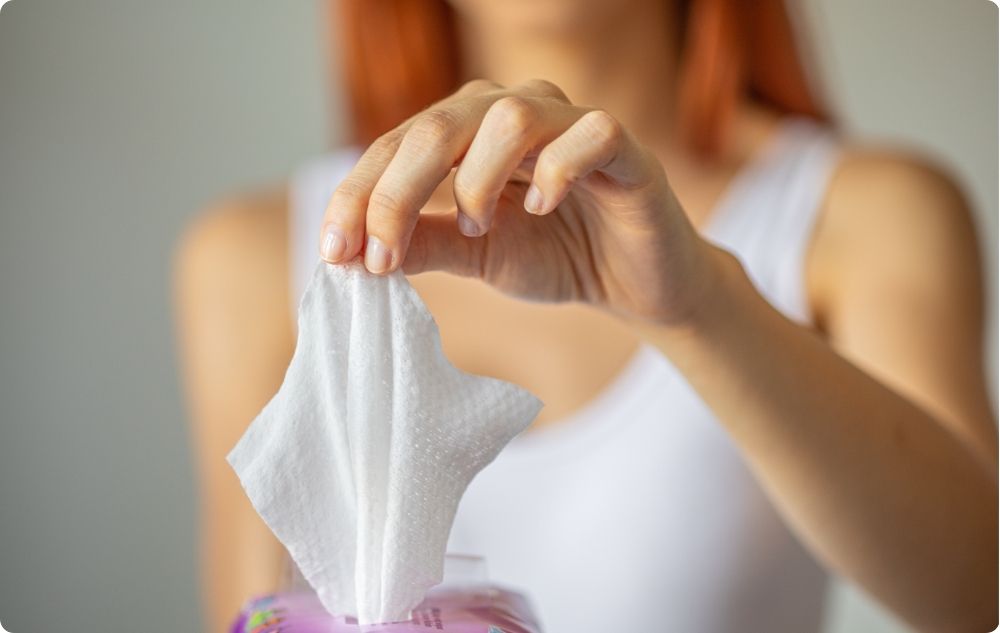
Instead of dry toilet paper, use unscented, alcohol-free wet wipes. They are gentler on the skin and help to clean the area better. Choose products designed for sensitive skin or baby wipes that do not contain harsh chemicals.
Dry the skin after cleansing
After cleaning, gently dry the anal area with a soft cloth. Gently pat the skin instead of rubbing to avoid further irritation. Drying helps prevent moisture that can create conditions for infections.
6. Physical Exercises
Moderate physical activity is an important part of home treatment for hemorrhoids. Regular exercise can help improve circulation, prevent constipation and maintain a healthy weight.
Benefits of regular exercise
- Improving blood circulation: Physical activity stimulates blood circulation, which helps prevent blood stagnation in the veins of the rectum and anus;
- Preventing constipation: Exercise promotes bowel movement, which reduces the risk of constipation and straining during bowel movements;
- Weight control: Maintaining a healthy weight reduces pressure on the rectal veins and lowers the risk of developing hemorrhoids.
Types of exercises
- Walking: Walking is a light and effective exercise that improves blood circulation and stimulates the digestive system. Daily walks of 20-30 minutes can be very beneficial;
- Kegel exercises: These exercises strengthen the pelvic muscles and improve blood circulation in the anal area. They can be performed anywhere and anytime;
- Swimming: Swimming does not put pressure on the anal area and improves overall fitness.
How to start?
If you have not been physically active before, start with light exercise and gradually increase the intensity.
Here are some tips:
- Start slow: If you are new to exercise, start with short walks and gradually increase the time and distance;
- Listen to your body: Always listen to your body and avoid exercises that cause pain or discomfort in the anal area;
- Consult a doctor: If you have serious hemorrhoids or other health problems, consult your doctor before starting a new exercise program.
Exercises to avoid
Certain exercises can make hemorrhoids worse and should be avoided, at least while you still have symptoms:
- Heavy lifting: Heavy lifting can increase pressure in the abdominal and anal area, which can make hemorrhoids worse.
- Strength training: Exercises such as squats and deadlifts can also increase internal pressure and cause discomfort.
7. Herbs and Essential Oils
Using natural remedies to relieve hemorrhoids is popular and effective. These methods can help reduce inflammation, relieve pain and improve the condition of hemorrhoids without resorting to medicinal products.
Aloe vera
Aloe vera is known for its anti-inflammatory and soothing properties. Aloe vera gel can be applied directly to the affected area to reduce inflammation and pain.
Coconut oil
Coconut oil is a natural moisturizer that helps reduce irritation and itching. Applying coconut oil to hemorrhoids creates a protective layer that protects the skin and aids in recovery. Coconut oil has antimicrobial properties that prevent infections.
Apple vinegar
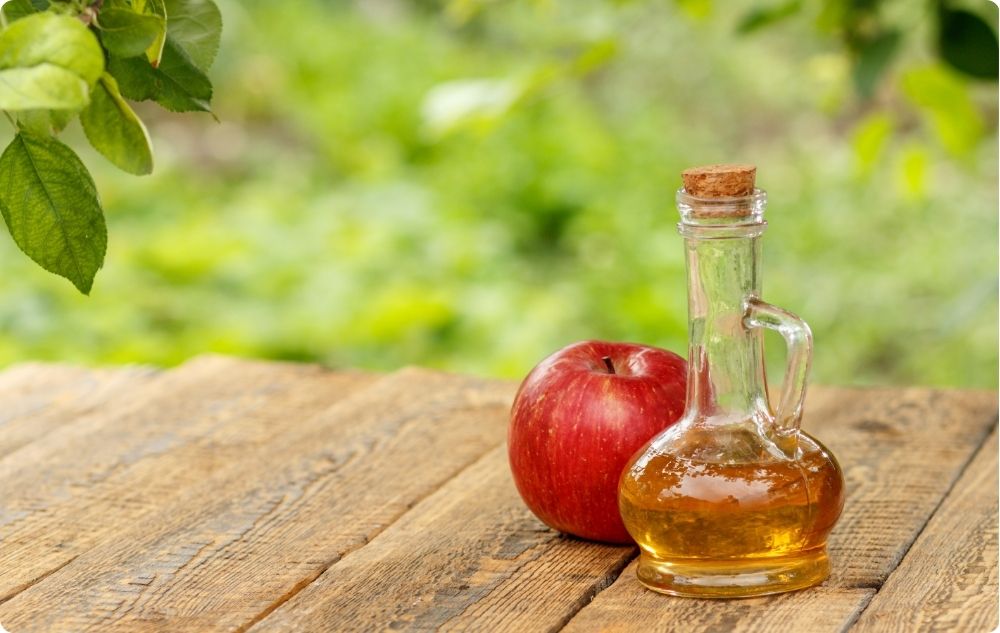
Apple cider vinegar is another popular natural remedy for hemorrhoids. Apply a small amount of diluted apple cider vinegar to the affected area using a cotton swab. This can help reduce itching and swelling. It is important to use diluted vinegar to avoid skin irritation.
Witch hazel
Witch hazel is known for its astringent properties, which can help reduce swelling and irritation. It comes in the form of liquid, ointments and tampons. Apply witch hazel directly to hemorrhoids to relieve discomfort and inflammation.
Garlic
Garlic has powerful anti-inflammatory and antimicrobial properties. Grind a few cloves of garlic and mix them with coconut oil. Apply the mixture on the affected area. This will help reduce inflammation and prevent infection.
Warm compresses with Chamomile tea
Chamomile tea has soothing and anti-inflammatory properties. Dip a clean cloth in warm chamomile tea and apply to the hemorrhoids for 15-20 minutes several times a day.
Essential oils
Some essential oils such as lavender, peppermint and tea tree oil have soothing and anti-inflammatory properties. Dilute essential oils with a carrier oil such as coconut or olive oil and apply to the affected area.
8. When to Seek Medical Help?
Although home treatments can be effective, sometimes it is necessary to seek medical attention. If symptoms worsen, if there is heavy bleeding, or if home remedies do not work, consult a doctor.
Home remedies for hemorrhoids can be effective in mild cases and in relieving symptoms. It is always important to maintain good hygiene, monitor diet and avoid straining during bowel movements.
However, if symptoms persist or worsen, do not hesitate to consult a health professional.
SOURCES:
1. WebMD: Hemorrhoids: Symptoms, Causes, and Treatment (25.05.2024)
2. Harvard Health: Hemorrhoids and what to do about them (25.05.2024)
3. Verywell health: How to Treat Hemorrhoids (25.05.2024)
4. Mayo Clinic: Hemorrhoids (25.05.2024)

